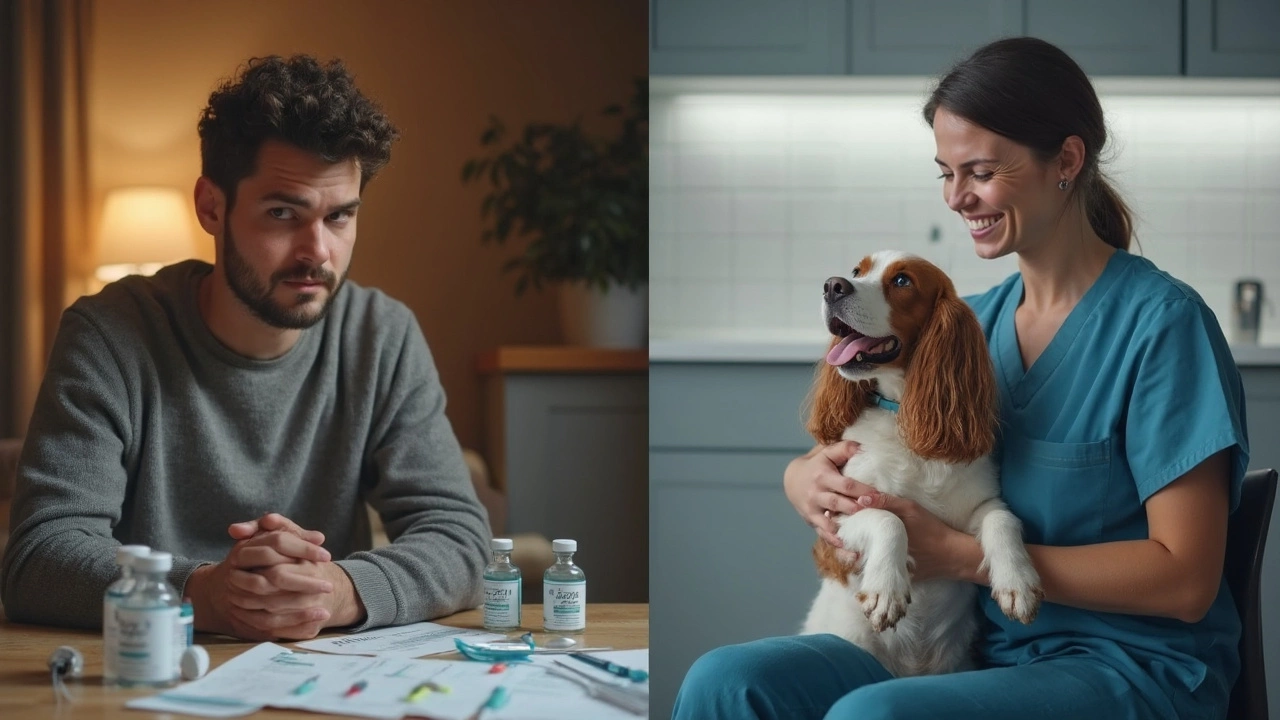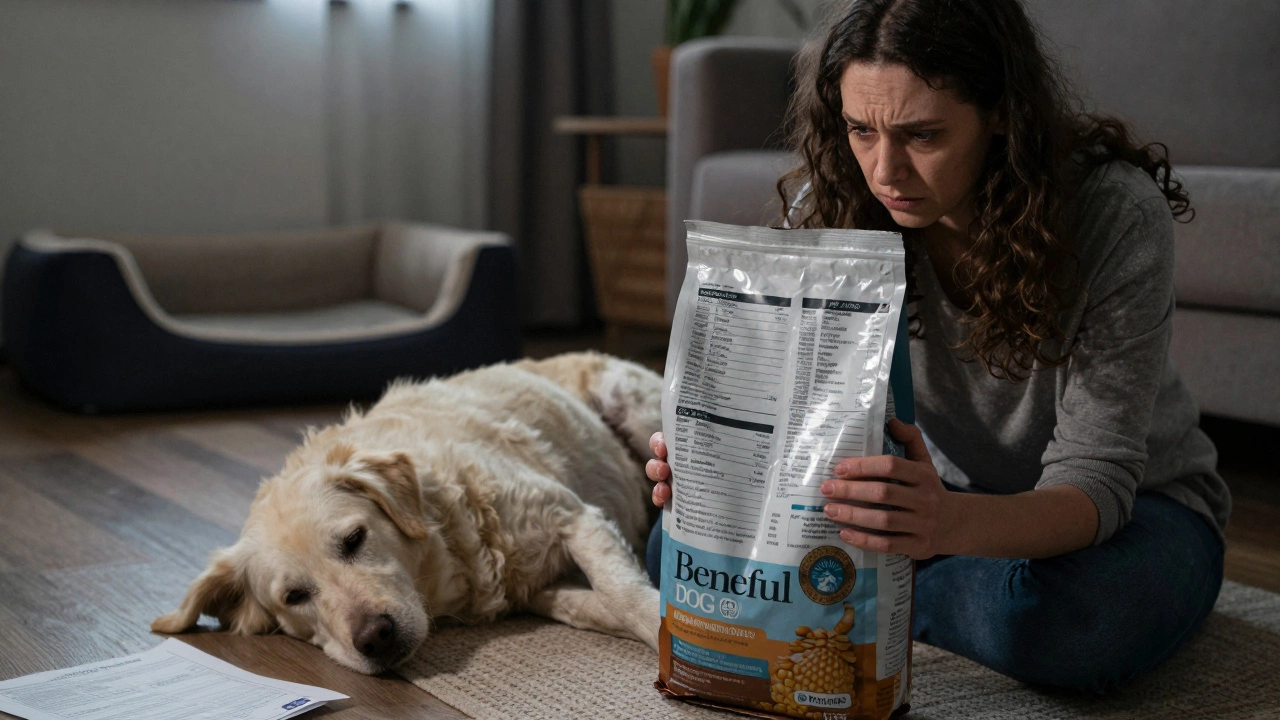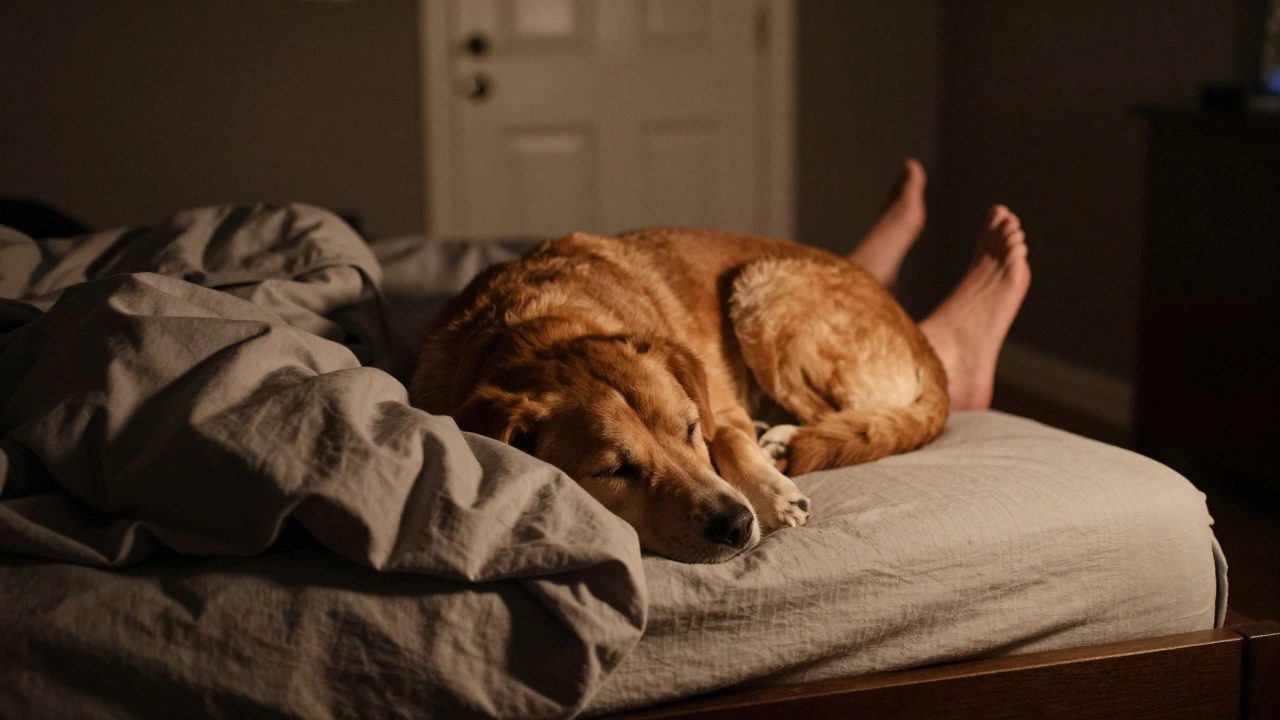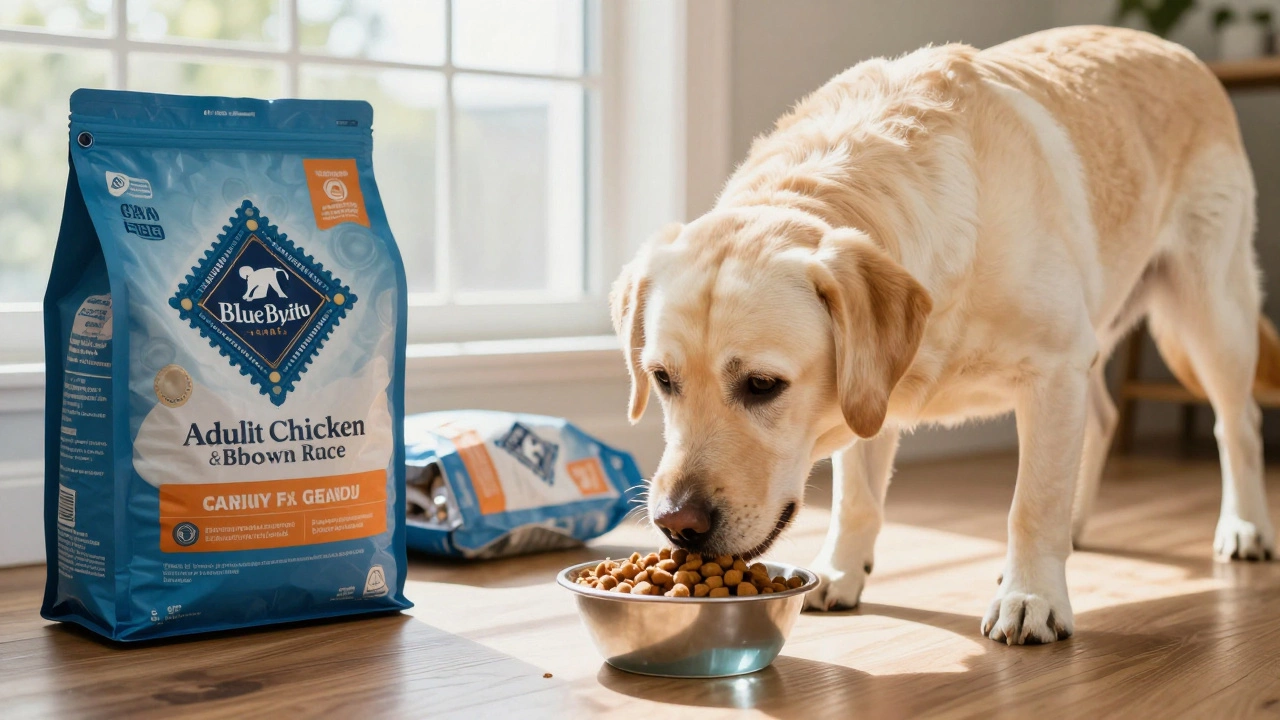People everywhere are looking for ways to cut down on pet expenses, and the cost of regular vaccines at the vet can feel like a punch in the wallet. If you’ve ever wondered, “Can I just vaccinate my dog myself for less?”—you’re in good company. But before you order those vials online, there’s a lot more to this idea than just saving a few bucks.
Vaccinating your dog on your own means you’ll need more than just a syringe and a steady hand. You’ll have to research which vaccines are really needed, find a trustworthy source, and figure out how to handle and store the stuff—some vaccines spoil if they get too warm or are mixed wrong. And here’s the kicker: not all the important shots (like rabies) are even legal to give yourself depending on where you live.
Looking at the numbers, it can seem like a no-brainer: a shot at home could cost you less than half what the vet charges. But if you mess up the dose, or jab your pup wrong, you could be paying a lot more later—if not with cash, then with your dog’s health. So, does DIY really pay off, or is it a risky shortcut?
- DIY Dog Vaccinations: What’s Actually Involved?
- Cost Breakdown: At Home vs. The Vet
- Risks, Legal Stuff, and Safety Issues
- Tips to Save Money Without Cutting Corners
DIY Dog Vaccinations: What’s Actually Involved?
If you’re thinking about giving your dog vaccines at home, you’ve got to know what you’re signing up for. It’s not as simple as stabbing a shot in your pup’s neck. Here’s what the whole process really looks like from start to finish.
First up, you need to know which vaccines are “core”—these are the must-haves for every dog, like distemper, parvo, and adenovirus. Most folks grab combo shots that cover all these in one. Non-core vaccines, like for Kennel Cough or Lyme disease, are only needed in certain cases. But the biggie, rabies, usually dog vaccinations by law have to be done at a licensed vet. There’s no legal shortcut on that one.
You’ll want these supplies on hand:
- Vaccines ordered from a legit pet pharmacy (not sketchy online sellers from overseas)
- Syringes and needles (size matters—most use 22-25 gauge for dogs)
- Alcohol swabs
- Cotton balls
- Latex gloves
- Cooler with ice packs, since most vaccines have to stay cold until used
Vaccines don’t last forever in the fridge. Some lose their punch in just an hour if they get too warm. Check expiration dates—pups deserve the real deal, not expired stuff.
| Step | What to Do |
|---|---|
| 1 | Read all instructions packed with your vaccine |
| 2 | Wash your hands and put on gloves |
| 3 | Sterilize the injection site with an alcohol swab |
| 4 | Draw vaccine into syringe, making sure to handle vials as described |
| 5 | Inject under the skin (usually between shoulder blades). Steady hands help! |
| 6 | Dispose of needles and supplies safely (not in your kitchen trash!) |
Now, here’s a quote from the American Veterinary Medical Association to get the bigger picture:
“While some vaccines can technically be given at home, veterinarians are trained to spot problems immediately if they arise. Reactions are rare but can be severe, so it pays to be prepared.”
It’s totally possible to vaccinate your dog at home, but it’s not the same as getting a shot at the vet. There’s more risk, more setup, and no one to call if your pup suddenly yelps, swells up, or faints. If you’re determined to go the DIY route, make sure you’ve read up, got legit supplies, and a plan for what to do if something goes wrong.
Cost Breakdown: At Home vs. The Vet
Trying to save money on your dog's shots? Let's get honest about where the dollars really go. First, vaccinating at home isn't just about buying a bottle and a needle—there are hidden costs and a few hoops to jump through.
Here’s what you’ll usually need for DIY dog vaccines:
- The actual vaccine (often bought in packs of 10 if online)
- Syringes and needles (these are usually sold in bulk too)
- Shipping fees—cold shipping for vaccines can be $10 to $30 extra
- Proper storage (mini fridge or cooler with ice packs, especially in summer)
And don't forget: vaccines for rabies are usually off-limits for DIY in most states. Those shots need a vet’s signature to show proof for things like boarding, travel, or dog parks.
So, what’s the price difference? Here’s a quick look:
| Service | DIY Cost (per shot) | Vet Cost (per shot) |
|---|---|---|
| DHLPP (5-in-1) | $10–$20* | $25–$50 |
| Bordetella | $15–$20 | $30–$40 |
| Rabies | Not legal/self-administered | $20–$30 |
*You’ll probably have to buy a 10-pack for about $80–$120, so if you only have one dog, the price per shot goes up unless you split with friends.
Heading to the vet, you’re paying not just for the dog vaccinations themselves, but also the know-how and safety. That office fee (a "wellness exam") usually adds $40–$60 to every visit, and you might get a bundle deal for more than one shot—but you’ll still pay more out of pocket.
Bottom line: DIY can be cheaper, especially if you’re vaccinating several dogs and know what you’re doing. For most pet parents with a single dog and no experience, the up-front savings get eaten up fast by extra supplies, unused vaccines, and, sometimes, emergency vet bills if things go sideways.

Risks, Legal Stuff, and Safety Issues
Before you go grabbing a needle, you need to know that vaccinating your dog at home isn’t as straightforward as it sounds. There are risks beyond just spilling vaccine on your kitchen counter.
- Dog vaccinations from questionable online sellers can be expired or fake. Studies from the American Veterinary Medical Association have shown that improperly handled vaccines are way less effective, and sometimes totally useless.
- If your dog has a bad reaction, like swelling, vomiting, or worse—a full-blown allergic shock—you’re on your own to fix it, since you won’t have a vet right there to help.
- Diseases like rabies? Legally, most states and provinces only recognize a rabies shot given by a licensed vet. So DIY rabies vaccines simply don’t count if there’s a bite incident or if you need to board your dog.
- Messing up the dose or injecting it wrong can mean the vaccine won’t work, or could even hurt your dog. A quick jab in the muscle instead of under the skin might seem minor, but it could make the difference between protection and, well, nothing.
Here’s a crash course on how U.S. state laws stack up for DIY pet vaccines:
| State | Rabies Vaccine Legal for DIY? | Home Vaccines Recognized for Licensing? |
|---|---|---|
| California | No | No |
| Texas | No | No |
| Florida | No | No |
| Colorado | No | No |
This means if your dog bites someone, the authorities might not accept your home vaccine record—and that could land you some serious headaches or even fines.
Even if a vaccine is legal to give yourself (like some parvo, distemper, or bordetella shots), you still need to follow handling guidelines. Most need refrigeration, mixing, and specific needles. Swapping tips from YouTube might seem tempting, but if you mess up, your dog’s protection is at risk. Vets use fresh, properly stored stuff, and they know what to do if something goes sideways.
The real takeaway? DIY shots might save cash upfront, but the combination of safety risks, legal issues, and possible health emergencies make it a gamble. For anyone with doubts or a dog who’s ever reacted to a vaccine before, it’s safer—and often smarter—to let a vet handle it.
Tips to Save Money Without Cutting Corners
Want to shave down your pet care bill without risking your dog's health? There are legit ways to keep costs low without skipping what's important. The trick is knowing where you can save and where you really shouldn’t.
- Shop around for clinics: Some animal shelters, rescue groups, and even farm supply stores host regular low-cost vaccine clinics. These events can drop the price of shots like parvo or distemper to as little as $10–$20 per vaccine. That alone can cut your bill in half compared to a private vet visit.
- Consider package deals: If you need a bunch of shots at once, ask about "bundles". Some vets or clinics offer discounts if you get all core vaccines in one visit. Puppy packages often include the exam and all first-year shots at a flat price.
- Use a vet tech service: In some areas, licensed veterinary technicians offer basic services like vaccines for less than a full vet. They’re trained and know how to do it safely, so it's good value.
- Ask about mobile clinics: Mobile vet clinics swing through many neighborhoods and towns once a month or so, and their overhead is lower—so you pay less.
- Don’t ignore local laws: Keep your records! Some states only recognize shots given by a vet, especially for rabies. If you need proof for travel or a dog license, a DIY shot might not count.
Here’s a quick rundown of what the prices look like for common options:
| Where | Total Cost: Core Vaccines | Proof Accepted? |
|---|---|---|
| Private Vet | $80–$150 | Yes |
| Low-Cost Clinic | $20–$60 | Yes |
| DIY/Home | $10–$40 | No (for rabies), Maybe (others) |
Another tip: Don’t fall for the trap of skipping annual checkups just because your dog seems healthy. Vets often catch problems early during routine visits. That can save a lot of cash (and heartache) down the road.
So yeah, you can save on dog vaccinations, but don’t gamble with their health. Shortcuts might look good right now, but they could cost way more later if something goes sideways. Stick to legal, safe options and always keep track of your dog’s records.






